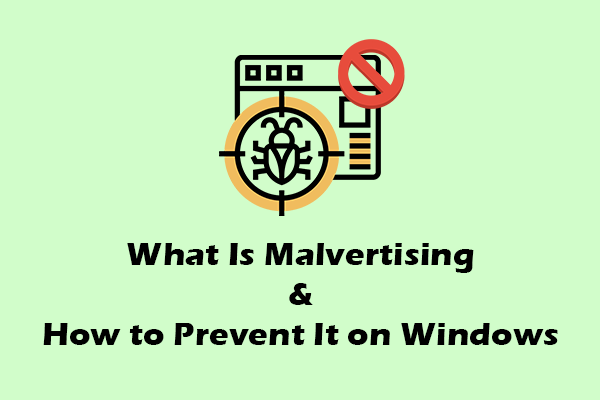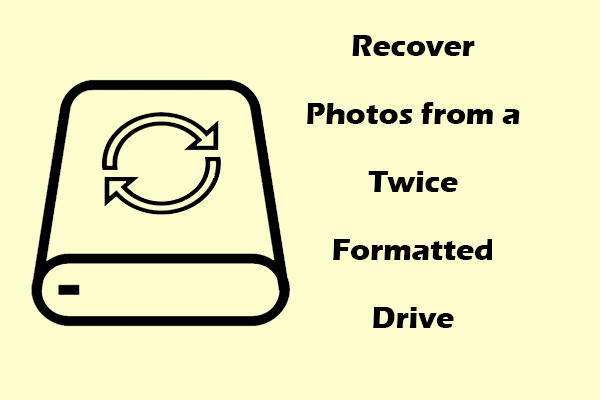About Data Hoarding
“What is data hoarding? I’ve been really interested in the title, but I'm not exactly sure what you guys do and why. I'm incredibly obsessed with electronics and vintage computing, so do I just download, organize, and store it on a hard drive? Like, even with that, a lot of it is on the Internet Archive. Just wondering what it is, and if interested, how I could get into it.”reddit.com
Data hoarding refers to the collecting and storing of large amounts of digital information, often exceeding what is necessary or beneficial. This behavior may stem from various factors, such as the intention to preserve information for later use, the anxiety of losing important data, or simply the tendency to avoid deleting duplicate or outdated files.
Now, data hoarding is increasingly being recognized as a significant issue within the technology sector. Unstructured data is expanding at unprecedented rates, and this information is progressively being kept within hybrid cloud environments. The substantial growth of data and its enhanced mobility have led to the creation of more disconnected data silos.
Data hoarding reflects a wider phenomenon in the digital era where the simplicity of generating and storing data results in an overwhelming surplus of digital content, which requires more deliberate strategies for data management and organization.
The Impact of Data Hoarding
What risks does data hoarding pose? The consequences of data hoarding are more profound than many individuals and organizations recognize, including:
- Heightened expenses: Retaining large volumes of unnecessary data can incur significant costs, particularly if the organization relies on expensive storage options like high-end disk arrays or tape libraries.
- Compliance challenges: Hoarded data can create compliance issues for organizations, as it may include sensitive information that falls under data privacy laws.
- Decreased efficiency: Data hoarding can hinder the performance of systems and applications, as well as extend the duration needed for backups and other data management activities.
- Cybersecurity threats: Hoarded data can also introduce security vulnerabilities, as it might contain sensitive information that could attract the attention of cybercriminals or hackers.
- …
Common Types of Data Hoarding
The act of data hoarding can occur in both personal and professional environments. Below are several typical types of digital hoarding.
- Personal Hoarding: Users gather digital items like images and documents without a specific purpose, often driven by emotional connections and the anxiety of losing memories.
- Organizational Hoarding: Companies hold onto vast amounts of data, including customer information and internal communications, often for compliance reasons, even though much of it is outdated and poses risks.
What Types of Data Can Be Hoarded?
Data hoarding can manifest in different ways, reflecting the motivations behind individuals or organizations accumulating digital content. There are some common types:
- Personal Data: People frequently store large quantities of photos, videos, emails, and documents to maintain memories or because of disorganization.
- Backup Redundancy: Having too many backups can result in multiple instances of the same data.
- Software and Games: Users might keep several versions of software or games, even if they are not in use.
- Business Data: Organizations often hold extensive records for business intelligence and regulatory compliance, sometimes keeping data longer than necessary.
- Research Data: Scholars and researchers may retain data for future use, including datasets and findings from experiments.
- Information Scraping: Businesses might gather more data from websites than is required or usable.
- …
How to Deal With Data Hoarding
Data hoarding presents significant risks, but it can be effectively managed with straightforward methods. Here are some practical approaches to minimize unnecessary data storage:
4 Strategies For Individuals
- Establish Clear Objectives: Determine the reason for storing data. If there’s no specific purpose, think about removing it, particularly old emails and digital clutter.
- Regularly Remove Data: Plan monthly clean-up sessions for your emails and media files, organizing and discarding what is no longer necessary.
- Implement Storage Restrictions: Set limits on the amount of storage for various types of data. Discard files once you reach those limits.
- Leverage Cloud Storage: Keep infrequently accessed data in the cloud to free up space on local storage.
To back up your important data, MiniTool ShadowMaker is highly recommended. This professional backup tool provides data protection services and disaster recovery solutions for PCs, Servers, and Workstations.
MiniTool ShadowMaker TrialClick to Download100%Clean & Safe
4 Strategies For Businesses
- Use Data Management Solutions: Look into cloud-based options for secure storage.
- Create Clear Data Guidelines: Formulate policies regarding what data to keep and for how long, distinguishing between essential and non-essential information.
- Automate Data Removal Functions: Introduce automated systems for the elimination of unnecessary data.
- Perform Routine Data Assessments: Frequently examine stored data to remove outdated files and ensure they remain relevant.
Kind Reminder: Recover Your Lost Data
If important data is deleted by error during this troubleshooting process, using a professional data recovery tool can quickly retrieve it with minimum hassle. MiniTool Power Data Recovery, which is a green and read-only tool for restoring photos, videos, and other types of files, is highly recommended.
MiniTool Power Data Recovery FreeClick to Download100%Clean & Safe
Bottom Line
In a word, this guide shows what data hoarding is, how to deal with it, and the types and impact of it. Hope the information can be helpful for you.



User Comments :